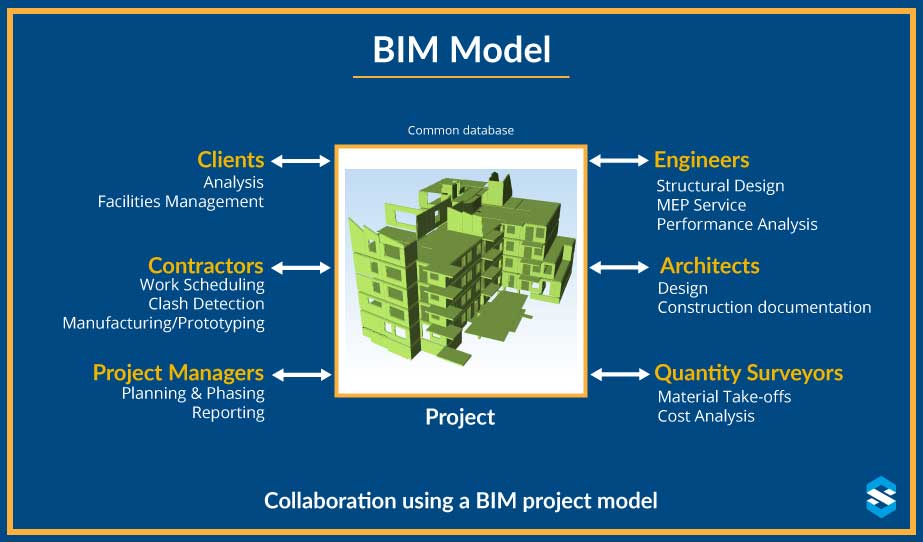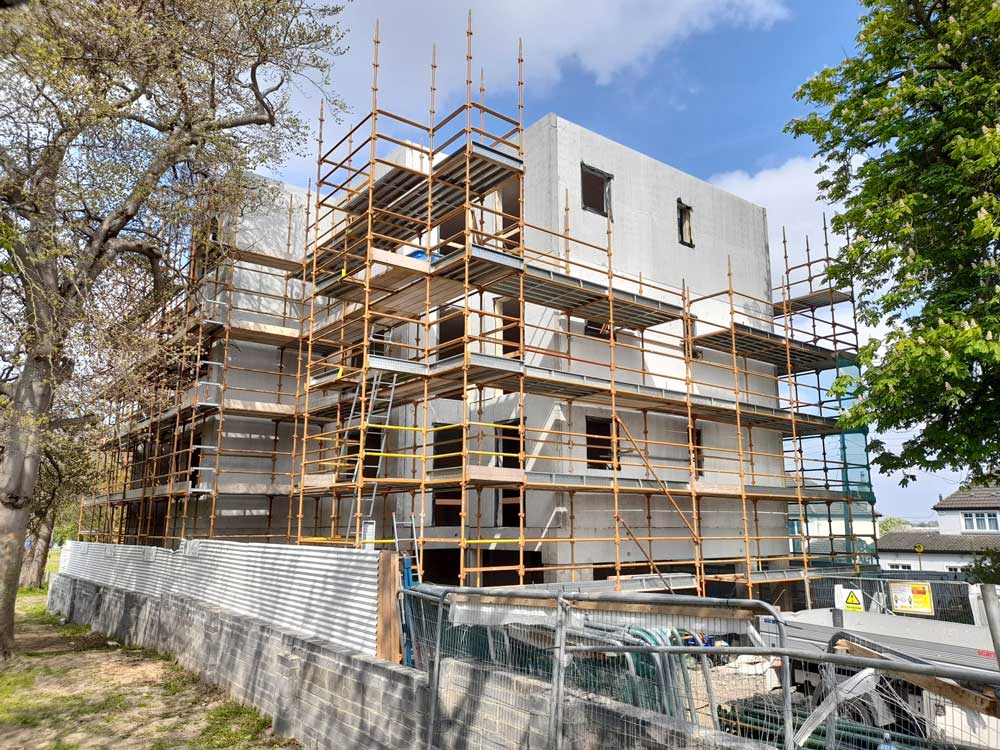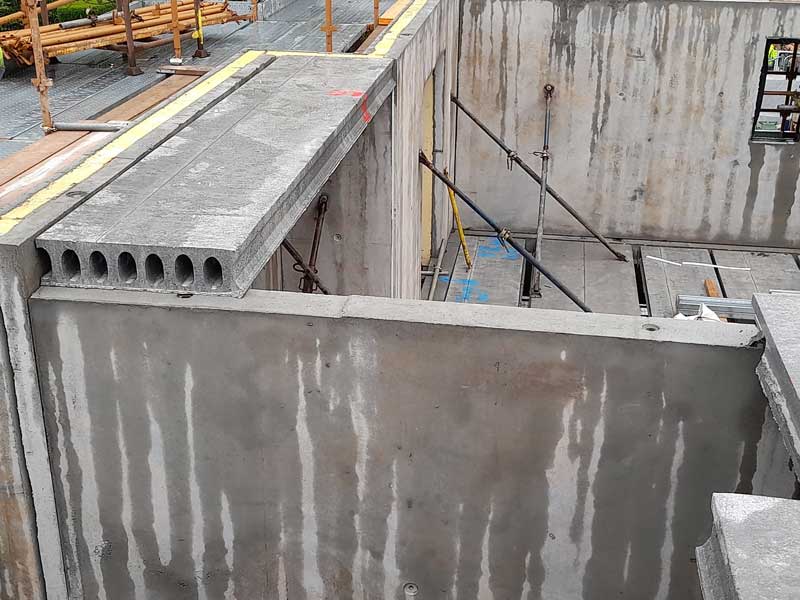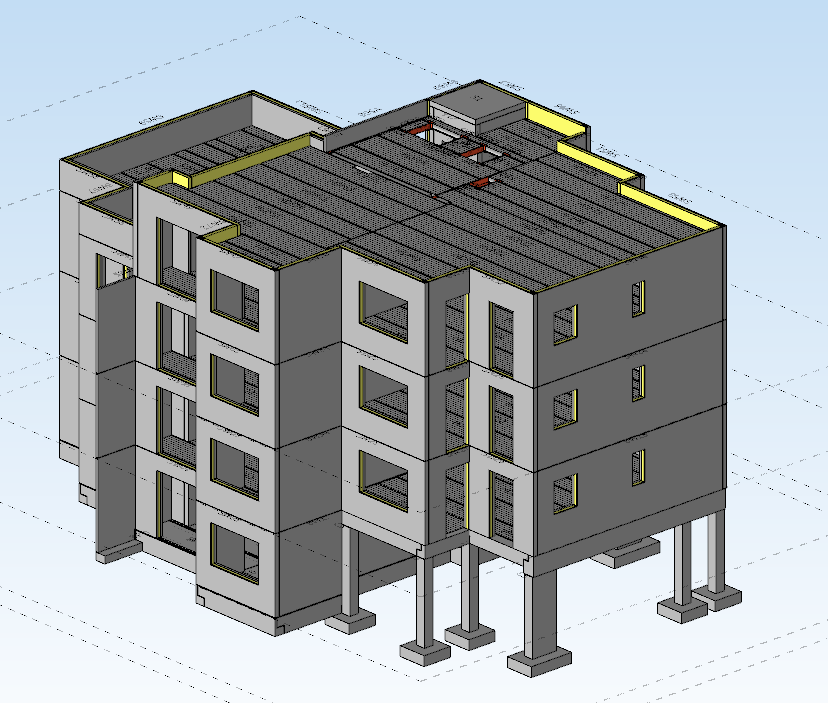What is BIM?
BIM (Building Information Modeling) evolved from the need to have efficient, accurate and fast handling of construction projects through smooth and real-time collaboration between various stakeholders to the projects. It has completely changed the way projects are being designed and managed in the construction industry.
BIM is primarily a modelling concept that works around a central database, which multiple stakeholders to a project can use to design and visualize in 3D, by providing real inputs required for estimation, fabrication and construction of the final structure. This capability of BIM allows the project team to identify design and construction issues and resolve them in a virtual environment, well before the construction starts in the real world.
Most BIM platforms are Cloud-enabled; therefore, it is possible for stakeholders to work on projects, sitting anywhere in the world; therefore, it is not uncommon to see projects being constructed in one part of the world and designed & managed from locations that could be thousands of miles away.

BIM’s ability to visualize or simulate the entire project in 3D from start to end even before the construction starts, is a huge advantage. In fact it is a boon for large and complex projects because one can pin-point and correct errors in advance, at the design stage itself and therefore avoid huge losses that may occur because of wrong construction and it’s rectification thereafter. Also, time overruns due to such errors can be quite frustrating.
So why isn’t everyone using BIM ?
Well, almost all large players in the industry are using BIM and reaping its benefits but the same cannot be said about medium and small-sized players.
Reasons ?
Small & Medium industries are not fully aware of BIM and its capabilities and even if they are, the following challenges deter them from using it :
So what’s the way out ?
A simple, one-word answer to this question is – SERVICES.
Yes, there are companies who offer end-to-end BIM services and small organizations can outsource their BIM requirements entirely to such service providers.
Such service providers already own BIM licenses and can deliver the desired output exactly as you would get if you owned licenses; perhaps even better, because they specialize in that activity.
Not owning a BIM license is no longer a handicap. By availing BIM services, one can get the same mileage that any large company would get from owning the license – and that too with no capital expenditure ! All you need to do is outsource your requirements to specialists and the above challenges would appear as blessings in disguise; because there’s no need to :-
- Invest large amounts in owning licenses
- Invest in expensive computer hardware
- Plan for and manage human resources for this activity
You just pay for services as and when they are required.
Even large organizations can think of outsourcing if their existing resources are fully occupied, instead of adding employees or computers at their offices.
To summarize, BIM is an extremely useful tool for the construction industry and it should definitely be utilized to the fullest extent by every stakeholder involved in construction projects irrespective of however big or small their organization is. As seen, the services option works out very convenient for companies of any size. In fact some countries have made usage of BIM mandatory for all Government projects and private projects beyond a certain size.
Any challenges or deterrents can be surmounted by availing services of BIM Experts. To give an example, we are offering BIM services over Cloud on an ongoing basis to an Ireland-based client, from our office located in India.
To know more about this case, you may visit Residential Building in Ireland – Precast elements design in India
In this case, eventually, this client did subscribe to our Production Planning & Logistics module, but there is no obligation or compulsion whatsoever on clients, to do that.
FAQs: Demystifying BIM for Small and Medium-Sized Enterprises
Yes, even large organizations can benefit from outsourcing BIM services, especially when their internal resources are fully occupied. Outsourcing offers a flexible way to scale capacity without the overheads of additional employees or equipment.
Outsourcing BIM services to specialized providers is an effective solution. These providers have the necessary licenses and expertise, allowing smaller firms to enjoy the benefits of BIM without the significant capital expenditure on licenses, hardware, and training.
The primary challenges include the high cost of BIM licenses, the perception that BIM software is complicated to use, the need for high-specification computer hardware, and the challenge of managing skilled personnel and turnover.
While BIM offers substantial benefits for large and complex projects, it’s a misconception that it’s only suitable for large organizations. Small and medium-sized enterprises can also leverage BIM to enhance their project outcomes, despite challenges like the cost of licenses and the perception of complexity.
BIM (Building Information Modeling) is a digital representation that enhances the design, visualization, and management of construction projects through a central database accessible to all stakeholders. It facilitates real-time collaboration, allowing for early identification and resolution of potential issues, significantly improving efficiency and accuracy.






